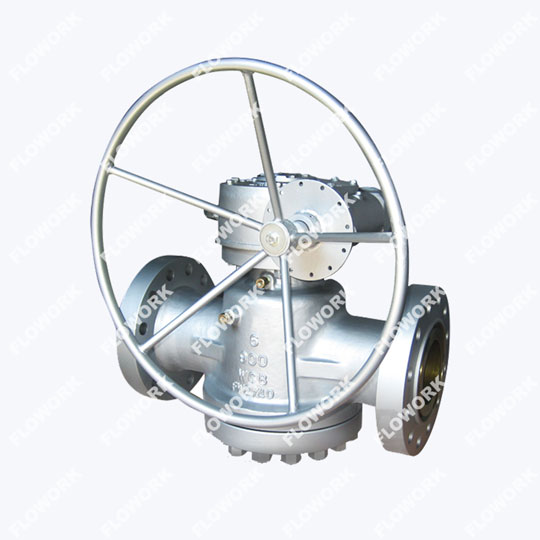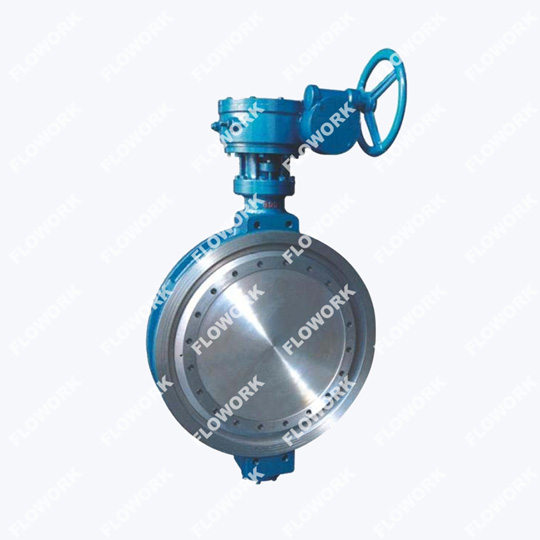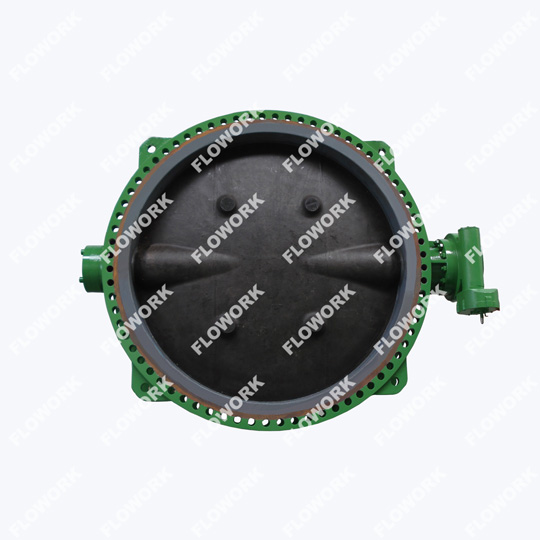Common Types of Valve Limit Switches
Valve limit switches are devices used in conjunction with valves to detect the position of the valve and provide feedback to a control system. The type of valve limit switch can vary based on the application, valve type, and specific requirements. Here are some common types frequently used in valves:
1.Mechanical Limit Switches:
A mechanical limit switch is an electromechanical device that detects the position of a target through direct physical contact with it. They do not rely on power supply and can handle heavy current loads. To be more specific, mechanical limit switches operate based on physical contact between an actuator (such as a lever or plunger) and an object or surface. When the actuator makes contact with the target or reaches a specific position, the switch is triggered, and it changes its state from open to closed or vice versa.
2.Proximity Switches:
Inductive Proximity Switches: These switches use electromagnetic fields to detect the presence or absence of the valve in a specific position without physical contact. No need of physical contact and no obstructed, worn, or broken moving parts make less maintenance. There are numerous shapes and sizes to choose from, so they are highly customizable for various applications.
3.Spring Limit Switches:
A spring limit switch is an electromechanical device that detects target position by attracting its magnetic field. There are two small metal pins inside the switch, which is called a "reed element". The reed element is magnetic sensitive and will be activated when the magnetic target approaches. Spring limit switches have almost all the advantages of mechanical switches and operate without relying on physical contact with the target, which can avoid wear and tear problems.













